India: The Complexities of Community Conservation
Working with communities in snow leopard habitat to protect these endangered cats often entails more than meets the eye. In India’s Spiti valley, effective conservation comes in many shapes and forms, from garbage management to grassland protection. Join our local team for a look beyond the snowy peaks of the Himalayas and find out how they address threats to snow leopards from all imaginable angles.
By Ajay Bijoor, Research Associate
It’s peak summer, and time for surveying our community ‘fenced’ reserves that we helped establish in Spiti. We have three of those grazing-free reserves set up in Spiti with village communities of Losar, Kibber and Chichim. They provide a much-needed haven for snow leopard prey species like the blue sheep and ibex.
This year we’ve set up two new reserves: one each with the villagers of Lalung and Kiato. The reserve set up with the villagers of Lalung (in the area called Lingti valley) is our largest so far at c. 400 sq. km, and is seen as one of the best areas for both blue sheep and snow leopards.
Such arrangements have been set for a period of five years, allowing populations to recover.
Without such reserves, there is a risk of pastures being overgrazed, which appears to drive out wild snow leopard prey species. This is a particular concern in parts of Spiti, where migratory herders bring in livestock from the plains during the summer months. The numbers of livestock these herders bring are much higher than those held by locals and hence their levels of grazing are intense.
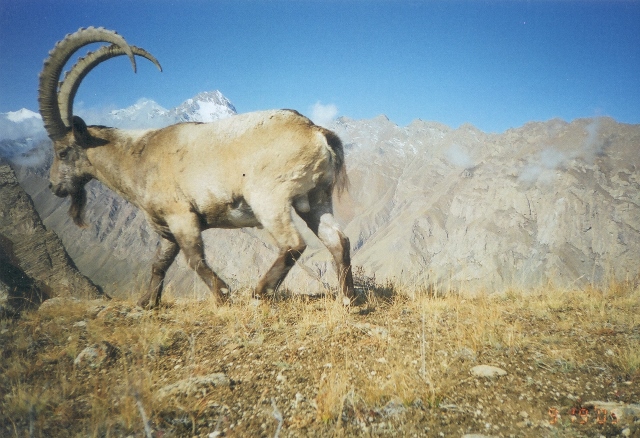
Wild
snow leopard prey species like the ibex are competing with livestock
for forage. Grazing-free reserves help provide sufficient food sources
for wild prey.
Migratory herders have been accessing pastures in Spiti valley for several generations. This is based on traditional grazing rights they hold.
Given the arid nature of the landscape, Abhishek—one of our doctoral researchers—is trying to understand the possible impact of such intense grazing on the wild prey populations. This summer he carried out extensive surveys to compare grazed and un-grazed pastures for occurrence of wild prey and the availability of forage. He is also spending time with the migratory herders, trying to understand what is driving them to enter newer areas.
Wild Prey: Great for the Cats, a Challenge for the Villagers
Abundant wild prey is great (and essential) for snow leopards. However, this can cause problems for nearby villages. In the past few years, locals of Spiti have seen a financial boom from the sale of green peas—a cash crop that is now commonly cultivated across Spiti valley during their annual agricultural cycle, in addition to barley which is the traditional crop. Blue sheep and ibex sometimes damage standing crops, especially green peas. Summer is when the problem reaches its peak.Surveys have shown that this damage to crops helped create negative perceptions towards wildlife within many communities.
Incidents of such damage continue until the harvest. Fields prone to damage are characteristically those that are close to cliffs. Based on this learning, we have worked with local villagers of five villages (Kibber, Chichim, Gete, Tashigang, Demul) to deploy local guards whose responsibility it is to ensure that wild ungulates do not enter the fields.
Feral Dogs Cause Problems for Wildlife
In Spiti, as in other parts of the snow leopard range, growing populations of feral dogs are emerging as a real threat to snow leopards and local communities. They attack and kill livestock as well as wild prey species, and they’ve even been seen chasing snow leopards away from kills.Besides sterilization campaigns to control the population, garbage management is one of our key strategies to address this problem. Feral dogs often feed on garbage left in the villages. A major component of this garbage includes livestock carcasses resulting from mortality every winter. Poorly disposed carcasses become the primary resource on which dogs survive through the harsh winter months.
This August, we built a new fenced enclosure for garbage collection in the village of Kee. The enclosure will allow villagers to dump different types of waste that are collected at the village-level, while keeping dogs out. This is the fourth such enclosure in Spiti.
One Size Does Not Fit All
Community-based conservation initiatives such as our livestock insurance scheme have shown to help herder families in snow leopard habitat coexist with the cats. But these programs don’t exist in a vacuum – in fact, they’re usually part of a multi-faceted approach to solving conflicts between the interests of livestock-rearing herder communities and those of conservationists.Each landscape in snow leopard habitat is different, and thus people face different challenges. In some parts of the range, livestock diseases may be a major issue. Elsewhere, the lack of income sources is the main challenge.
Also, the nature of conflict faced by communities within a landscape change over time. For example, crop damage which was not a major concern in Spiti valley until the last decade has now become an issue that can affect people’s perceptions especially since they started growing cash crops.
Engaging with communities to understand these problems and working together towards solving them takes time, mutual trust and the willingness to invest in the long run.
Thanks to your generous and loyal support, the Snow Leopard Trust has been able to build these relationships and achieve real progress for the cats in many parts of their range. We’re committed to continuing and expanding this work – and we hope you’ll stay at our side every step of the way!
source: The Snow Leopard Trust
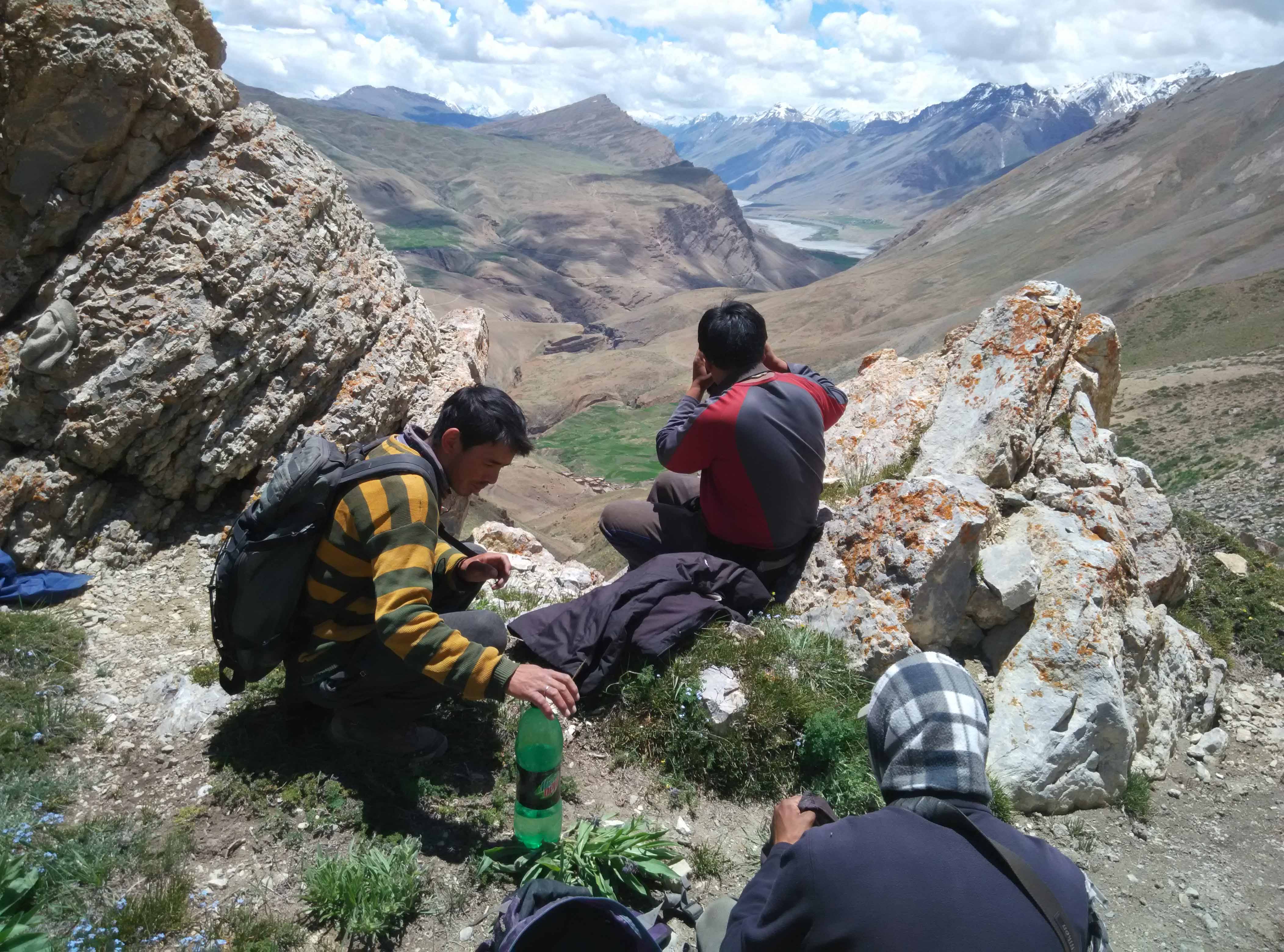
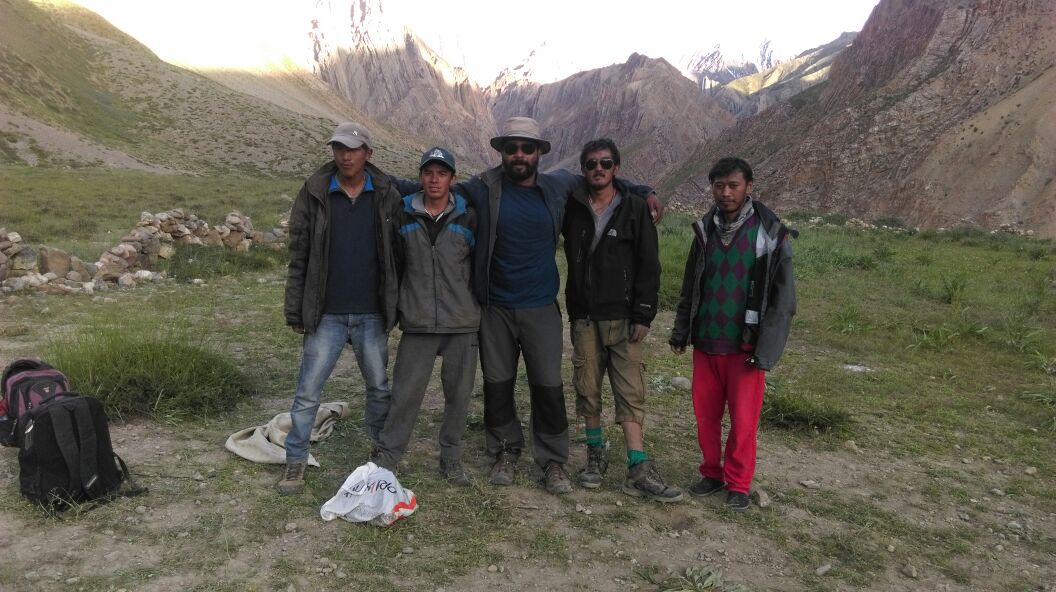
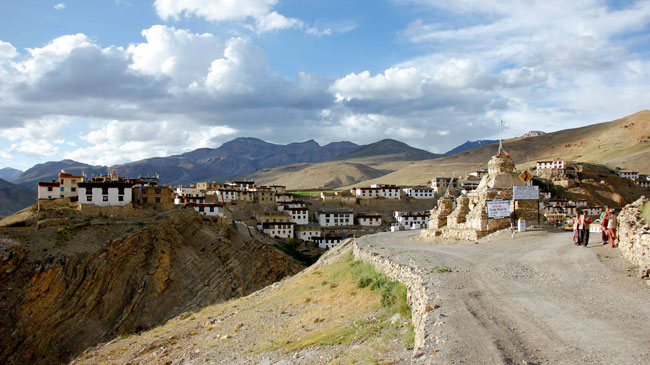
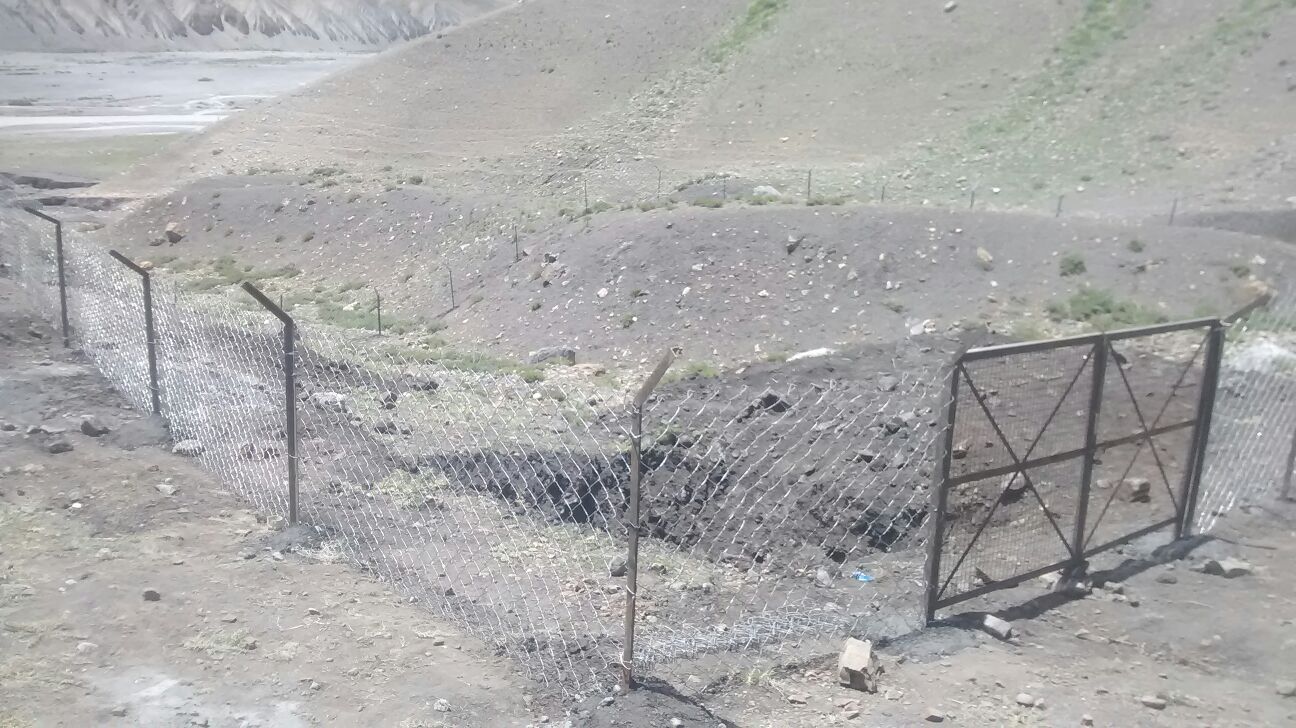
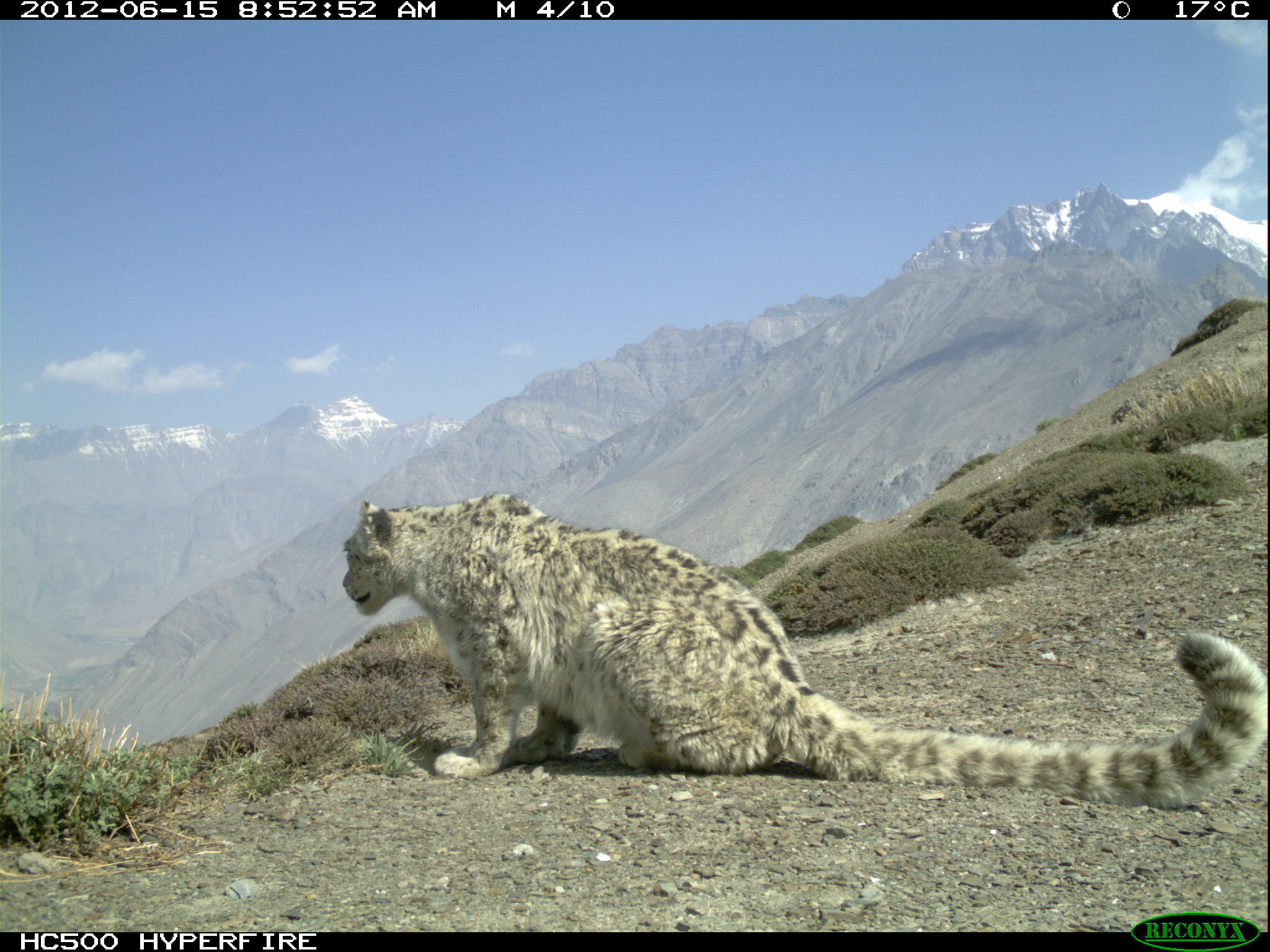
No comments:
Post a Comment